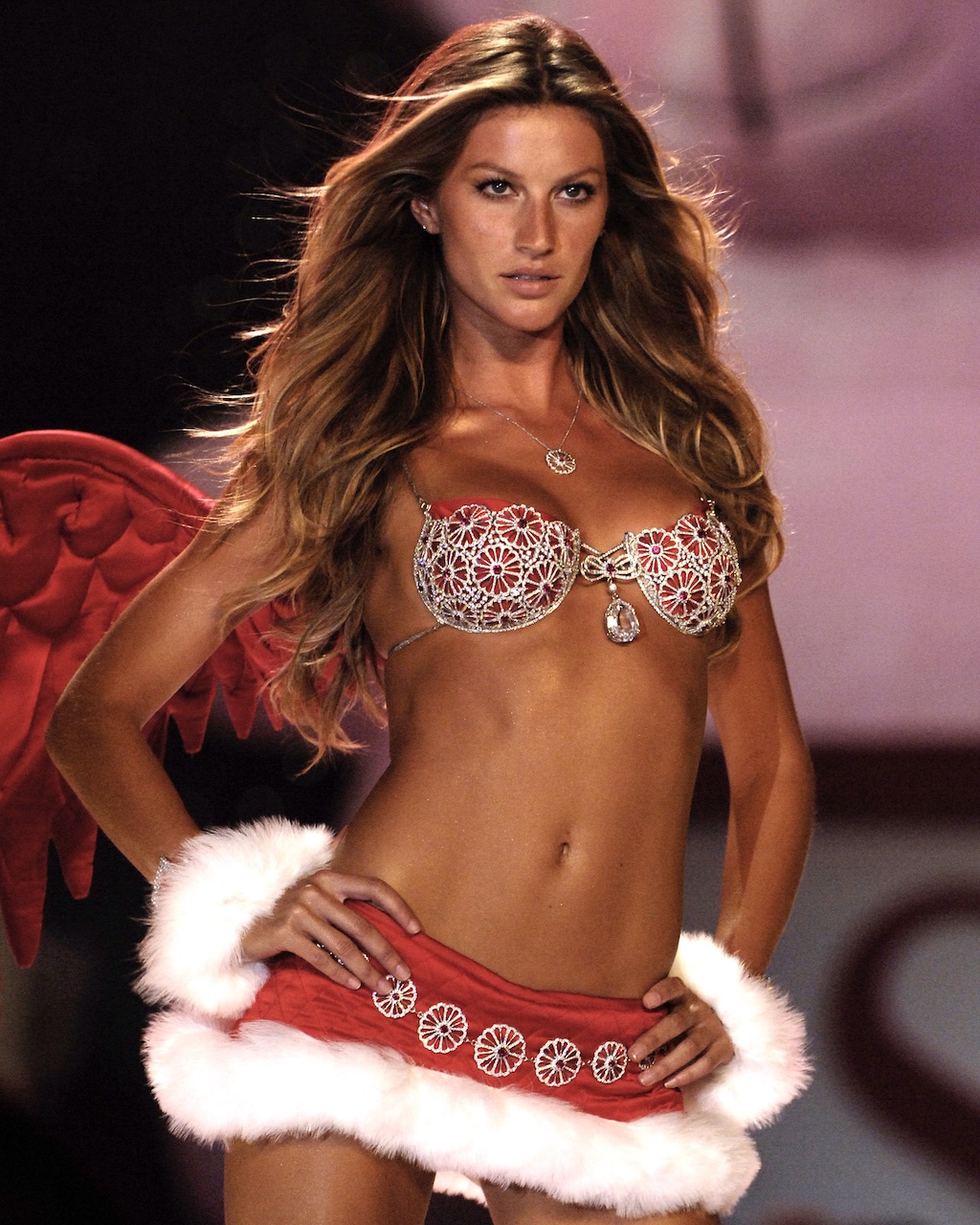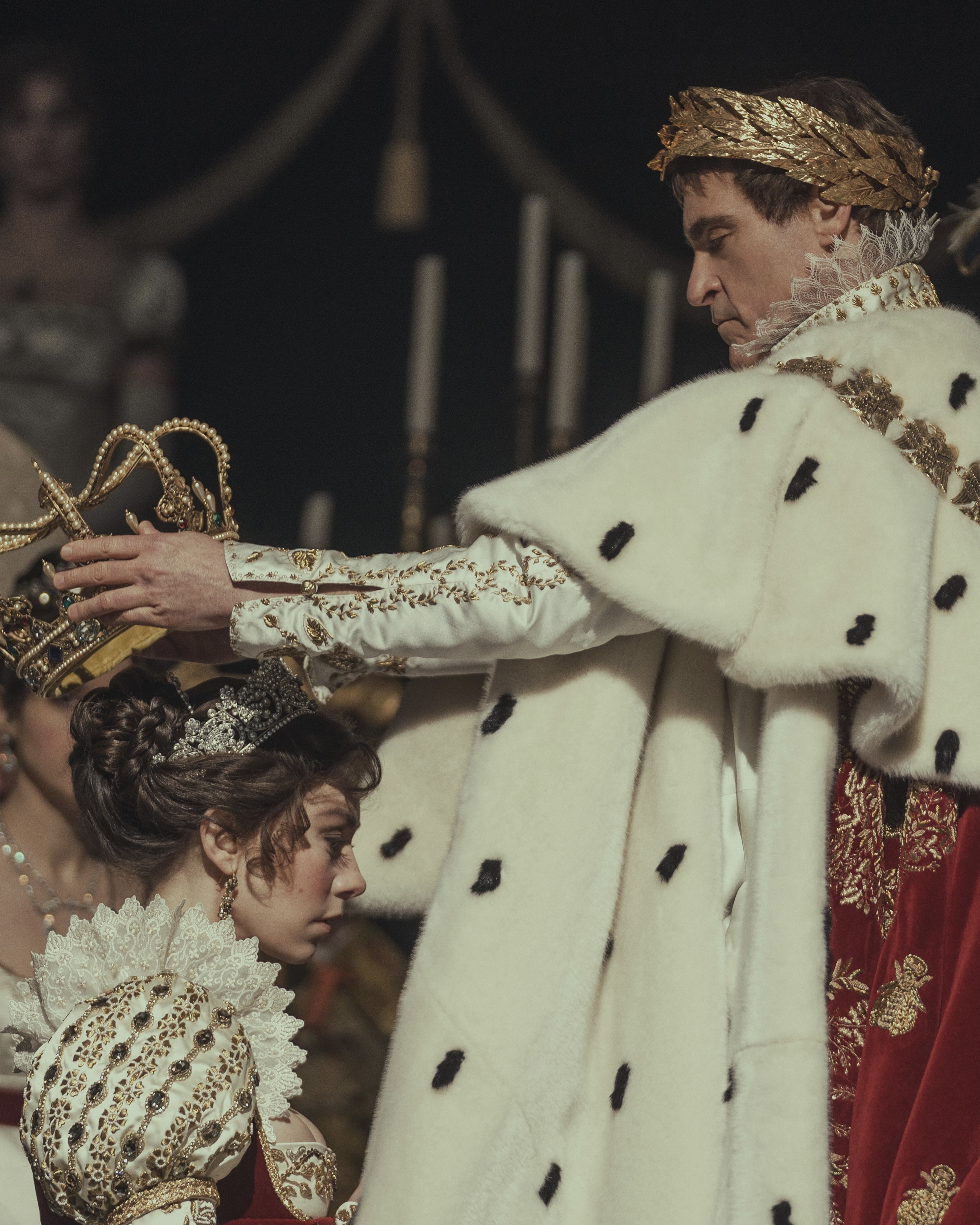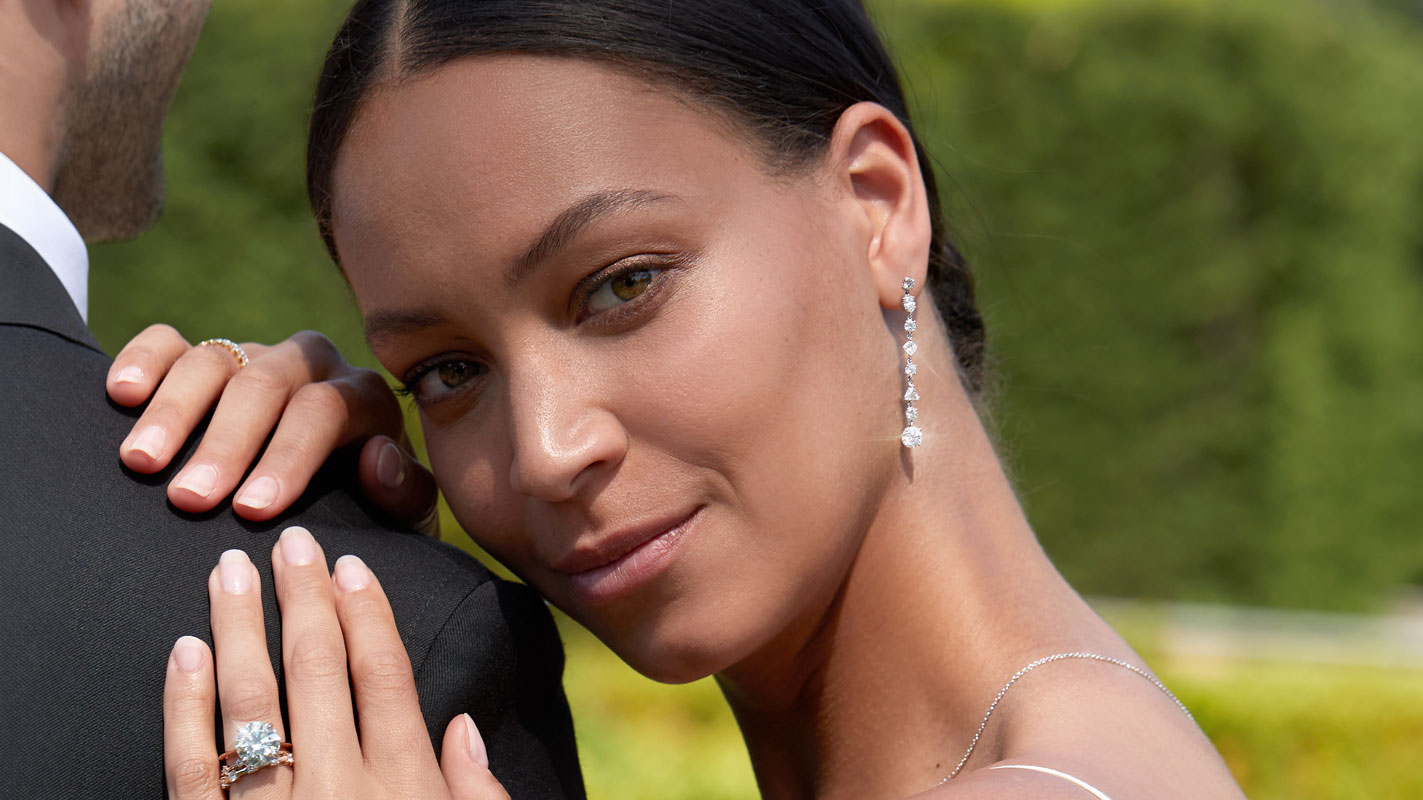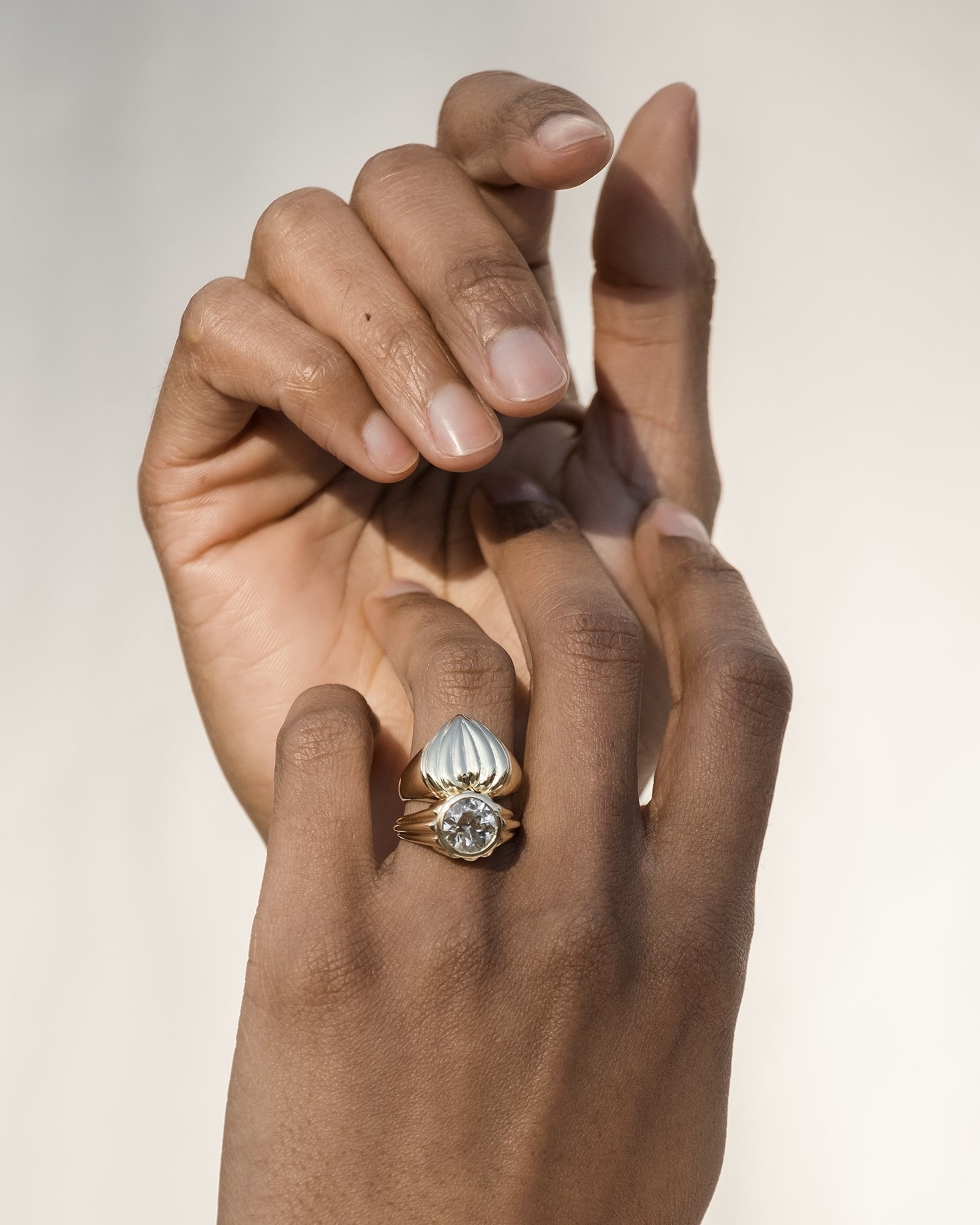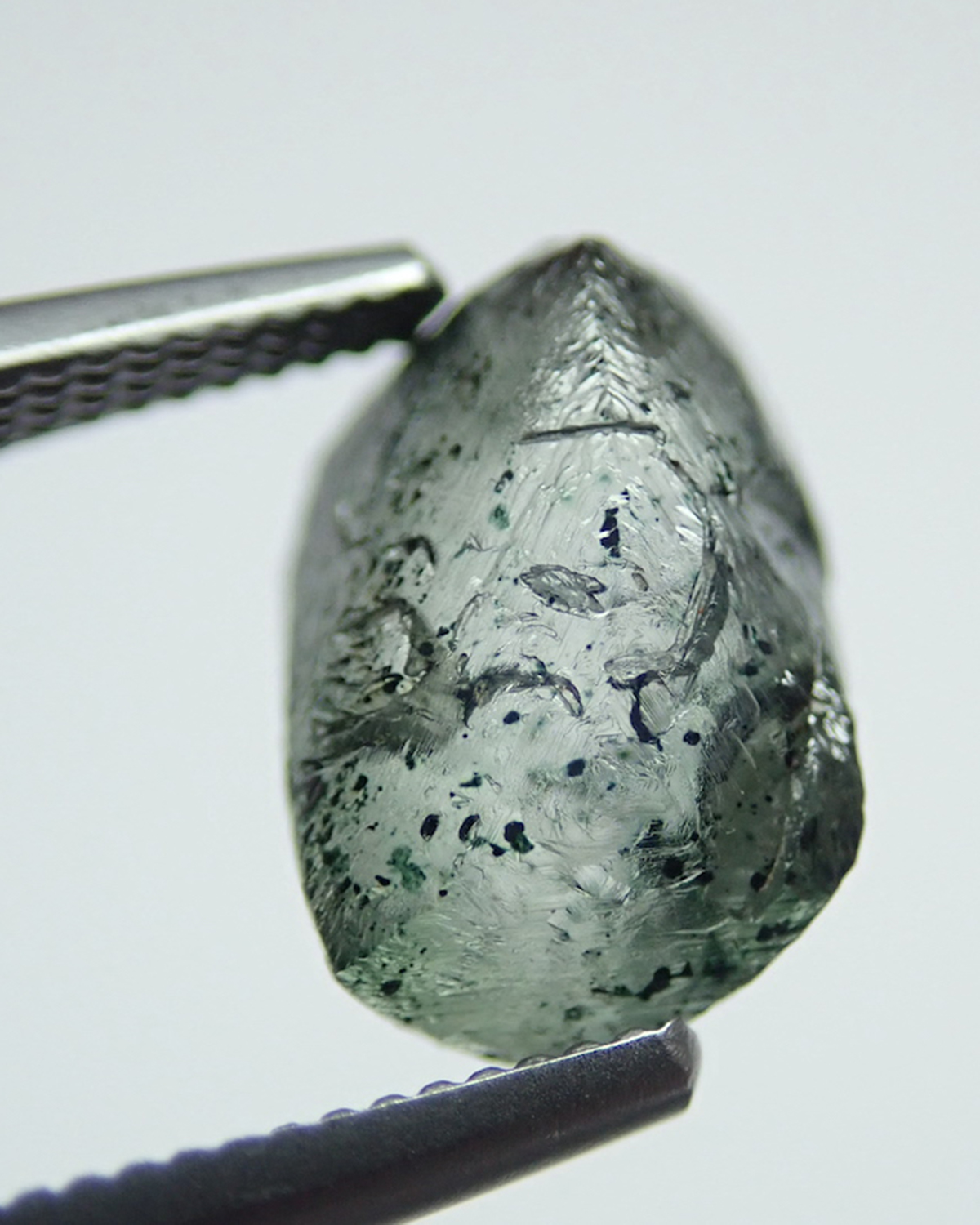Why Sarah Eisman’s Elegant Study of Shape Should Be On Your Designer Radar
With a background in architecture, Sarah Eisman is creating heirloom jewelry with intention.

Australian native Sarah Eisman discovered her love of jewelry design through her background in architecture. Shapes, form, angles, and structure inform all of her pieces, each one meticulously constructed to create the ultimate luxury piece. But it was CAD, specifically, that pushed Eisman into her passion. “The introduction to CAD taught me to think very technically in that way and how to put ideas into something three-dimensional,” she said.
Meet the Expert
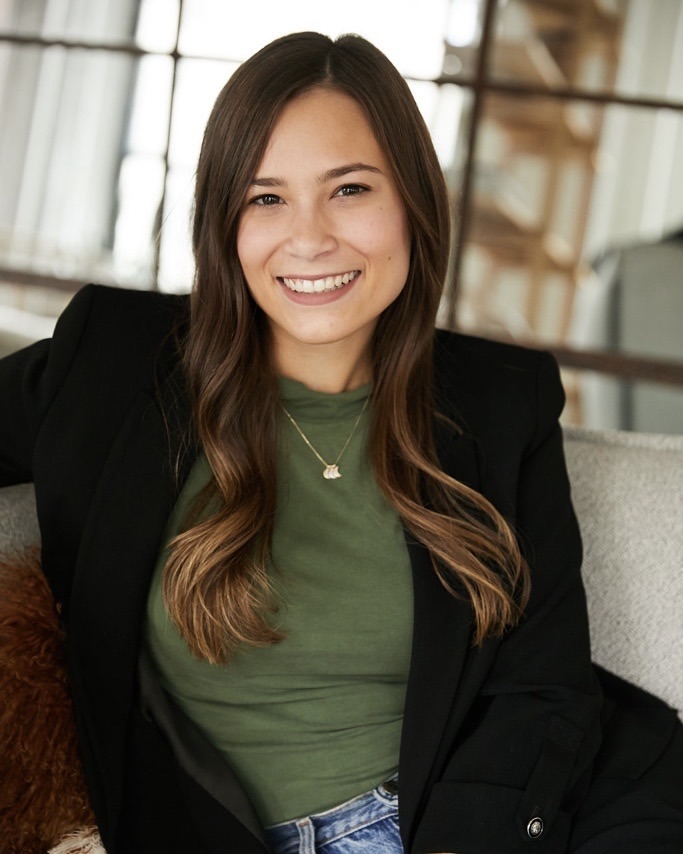
- Jane Asher is a social media manager with a passion for pop culture.
- She holds a Bachelor’s degree in English from Washington University in St. Louis.
- As a journalist, her work has been featured in publications such as InStyle Magazine, Stylecaster, Martha Stewart Weddings and more
Unlike many of her peers in the jewelry industry, Eisman doesn’t come from a jewelry background or family business. “I’m just a mom,” she said with a laugh. A mom with immense talent and an eye for design, qualities that helped her create her debut fine jewelry collection, now available on her website.
From hidden stones to her love of champagne diamonds, discover how Sarah Eisman imbues creativity and meticulous attention to detail into her stunning pieces.
Sarah Eisman: From Architecture to Fine Jewelry
Only Natural Diamonds: Tell me a bit about your background.
Sarah Eisman: My background is in architecture, so I design everything through that lens of structure, materiality, the way things are put together, design details. I’m always pushing myself to think creatively and to look at things in a way that isn’t done until, at least to my eye, it looks perfect. I built this collection piece by piece, really, over many years.
OND: When did the transition from architecture to jewelry happen?
Eisman: I took countless classes and workshops, from Sydney, Australia, to New York. Then we had a three-year stay in London, and that’s where I really delved into fine jewelry—once I realized, ‘Okay, this is my thing.’ The thing that ticked over for me was learning CAD.
OND: How so?
Eisman: I could make real-time changes and edits, and bring ideas to life in a super organic way, without relying on someone else’s translation of what I was saying. It got rid of that bottleneck and frustration of trying to communicate ideas, waiting a week for feedback, and no longer needing to rely on materials. I could have the kids asleep at night, get on the computer, work through things, and not have to wait two weeks to realize, ‘Oh no, that doesn’t really work.’

OND: It sounds like you’re super hands-on with everything that you do and every piece of the business. Is that still true for you?
Eisman: Absolutely. This has been a very solitary experience so far. My instinct was, ‘Oh, I’ll just do it all myself.’ It was really difficult to stop and go, ‘Okay, there are people that do this better than I can learn it in six months.’
OND: Who did you bring onto your team that changed the game for you?
Eisman: Working with Leslie David Studio in Paris and having that shared creative flow was a wonderful coming together of creative minds; it was a creative process in itself, which was just awesome. That opened me up to the idea of involving other people. I have let go of that intense control, which was really difficult. But once I did, it allowed me to find my team—my people, my vendors—and find shops in the Diamond District, because everything is made in New York.
How Sarah Eisman Found Her Natural Diamond Aesthetic
OND: How do you like working in New York City and being in the Diamond District?
Eisman: It takes a long time to find your people. I think I’ve worked through almost all the Diamond District, just finding people that firstly are interested. It’s not like making an eternity band, where it’s easy, quick, throw it in the barrel tumbler and it’s done. I came in like a little baby, saying ‘This is really exciting, and we’re doing a lot of custom settings and putting things together in interesting ways, not just the stock standard.’ And that already eliminates about 75% of the manufacturers in the diamond district.


OND: Do you feel you’ve found your people now?
Eisman: I’m always looking, which I think has contributed to the higher price point. I rely on really high-quality, small cabochon stones, which are difficult to source.
OND: Since we’re talking about the Diamond District, why is it important to you to use natural diamonds?
Eisman: As you’ve probably seen, my pieces aren’t currently focused on large center stones. Originally, when I was building this collection, the focus was on the cabochon stone. Much of my design practice comes down to those foundations of contrast. Bringing together the soft saturation of the cabochon stone with the clearer cut and clarity of a diamond was kind of magic for me. It was the best of both, the yin and yang, in a lot of pieces.
OND: Is that contrast a theme in your collection?
Eisman: Yes, that returns a lot in my pieces. There are alternating cabochon and diamond designs, and natural diamonds have an undeniable effect when it comes to highlighting features within a piece. It’s an architectural accent, if you will. In the chain series, for example, diamonds became points of connection used to highlight each link. They’re more of an accent of the piece. So, while they’re currently not featured as a center stone, I have many versions down the road, collections where I get to utilize all the amazing natural colors of diamonds.

OND: What colors would you say you are most drawn to?
Eisman: I love a beautiful champagne diamond, a step cut—unique natural diamonds. I go to the shows and I’m constantly looking. I’m not there yet in my designs, but I look forward to the day when I get to highlight them.
OND: You see it, it’s on your vision board.
Eisman: Yes! And it’s a particular shade, too. Not too brown, but just a little darker than champagne. When I attended the trade shows at JCK, I wasn’t there to source, but I saw it. I see it happening. There’s nothing like it. You can’t replicate it. It’s special.
Design Inspiration: How Sarah Eisman Studies Form and Shape
OND: Could you share more about your inspiration behind your latest collection?
Eisman: I think this question is always difficult for me because I don’t draw inspiration from one thing. It’s a constant, internal process. I have an obsession with design, and I’m constantly looking at things, assessing them, refining them, and finding better design solutions. Like sitting on the subway, looking at a random pipe. It’s kind of like everything I see becomes a study of shape and execution.

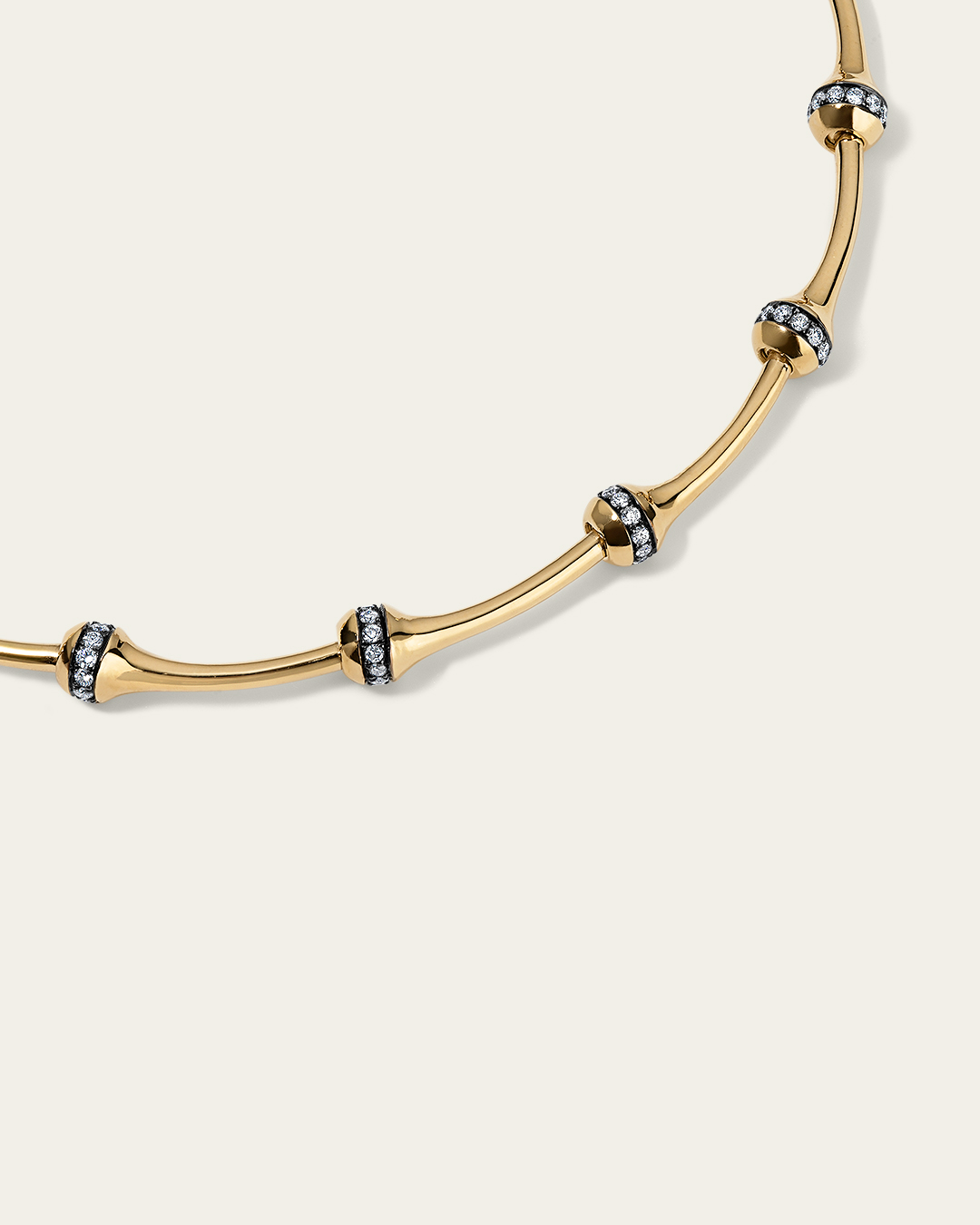
OND: And a study of shape can leave you open to so many different things.
Eisman: Yes, take the chain series as an example. The inspiration when I started was more like a stick and ball, and it’s an evolution of refinement, and that is key to me. Ideas I had in my sketchbook ten years ago, I’ll look at something and I’m like, ‘I can see threads of what it’s become.’ For me, inspiration is a study in shape and where I go. I can’t shut my brain off, even if I wanted to. That’s the way I’ve always been.
OND: I feel like sometimes when you think too hard about what you’re inspired by, you might get pigeonholed, so I like that it’s this broad, ever-evolving thing.
Eisman: I see it everywhere. I close my eyes in the shower, and I’m drawing on the fogged-up shower screen. It’s a constant thought process—finding versions and iterations of things and working on things from all angles until they feel complete, and I can put it out. It’s a constant evolution.
Sarah Eisman Pushes the Boundaries
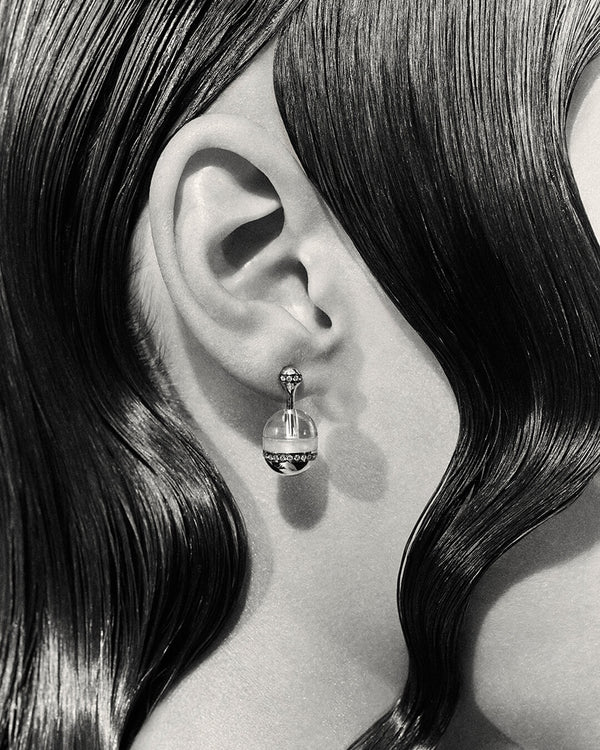
OND: So would you say this is how your background in architecture plays into your jewelry designs?
Eisman: I still remember the first semester of architecture school, when I learned the design principles. It’s crazy, I probably don’t technically remember a lot, but the idea of scale, repetition, pattern, form, shape, and training my brain to keep pushing has remained.
What if you do this? What if you add that? What if you look at it from 180 degrees, then flip it upside down? Have you addressed this part of it? Have you looked at this tiny, tiny detail, and then erased every other part of it, and only gotten the detail, and then designed an entirely new piece? It was constantly challenging what you thought you were going to design. Just pushing yourself to do something difficult.
OND: Did you find jewelry construction to be similar to the tools you used in architecture school?
Eisman: The introduction to CAD, even though it was very different from the program I use today, taught me to think in a very technical way and how to put ideas into something three-dimensional, instantly. That language was really valuable and I still use it to this day.
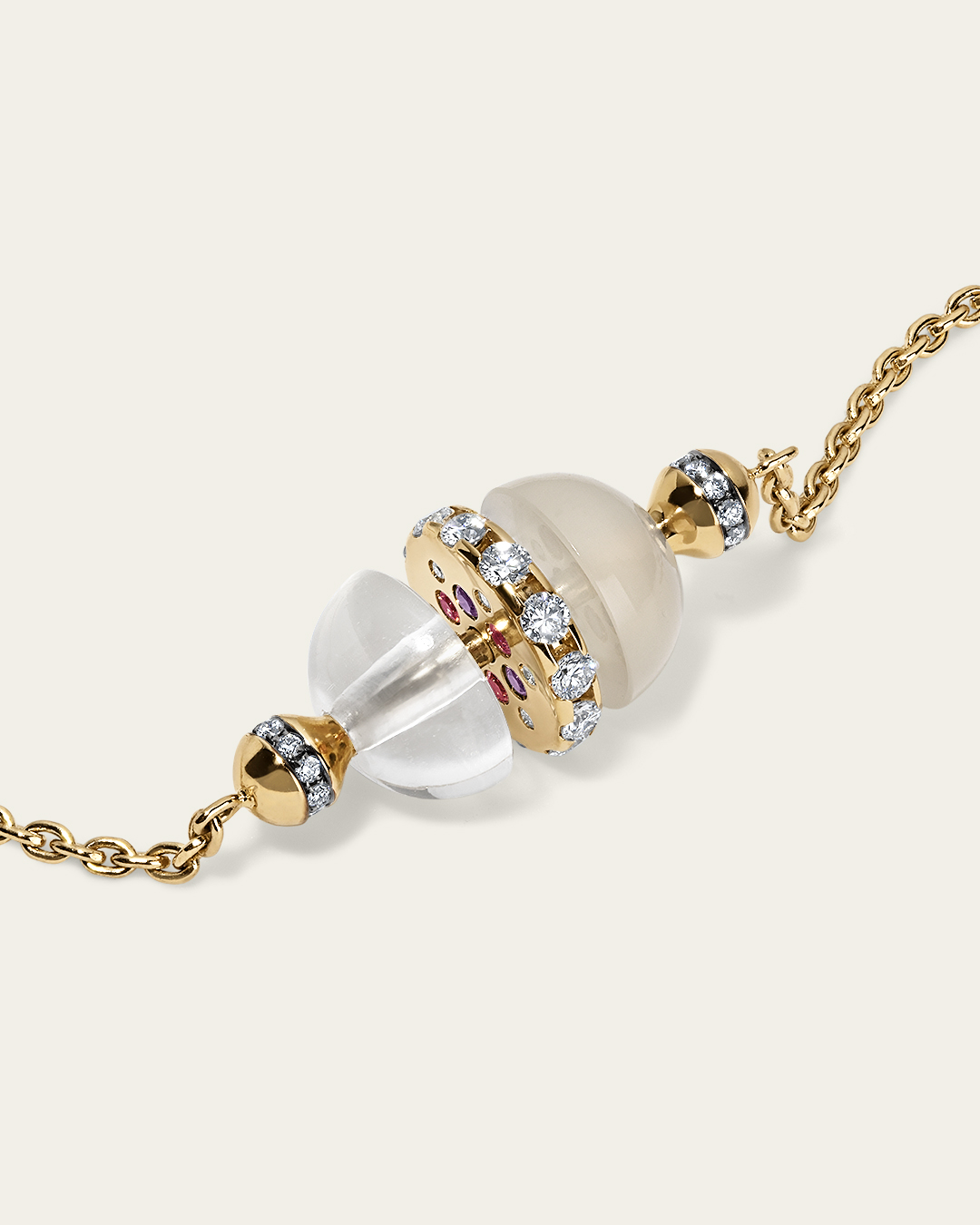
OND: I feel like we often interview designers who come from a jewelry background, their family was in jewelry, which I think is also so special, but it’s fun to hear from a different perspective too.
Eisman: Yeah, I mean, I’m just a mom. [laughs] It’s taken a long time to feel like it was ready, and I probably could have done it a couple of years ago, but a lot of things hold you back. It almost felt like if I didn’t do it now, I was going to combust. So, it was as ready as it was ever going to be, and there will be many evolutions, I’m sure.
Who Is the Sarah Eisman Customer?
OND: Who do you hope the Sarah Eisman client will be? Who do you see yourself designing for?
Eisman: It’s also a difficult one because it’s such a personal thing to me when I design. I always think who it resonates with is someone who appreciates design in any form, someone who understands meaningful design. How a piece feels when you hold it, how it fits on your body, not just how it looks when it’s static. Does it fall beautifully? It’s someone who values the fine design—elegant, understated, but also a clear message of luxury. It’s a piece that isn’t following a trend.
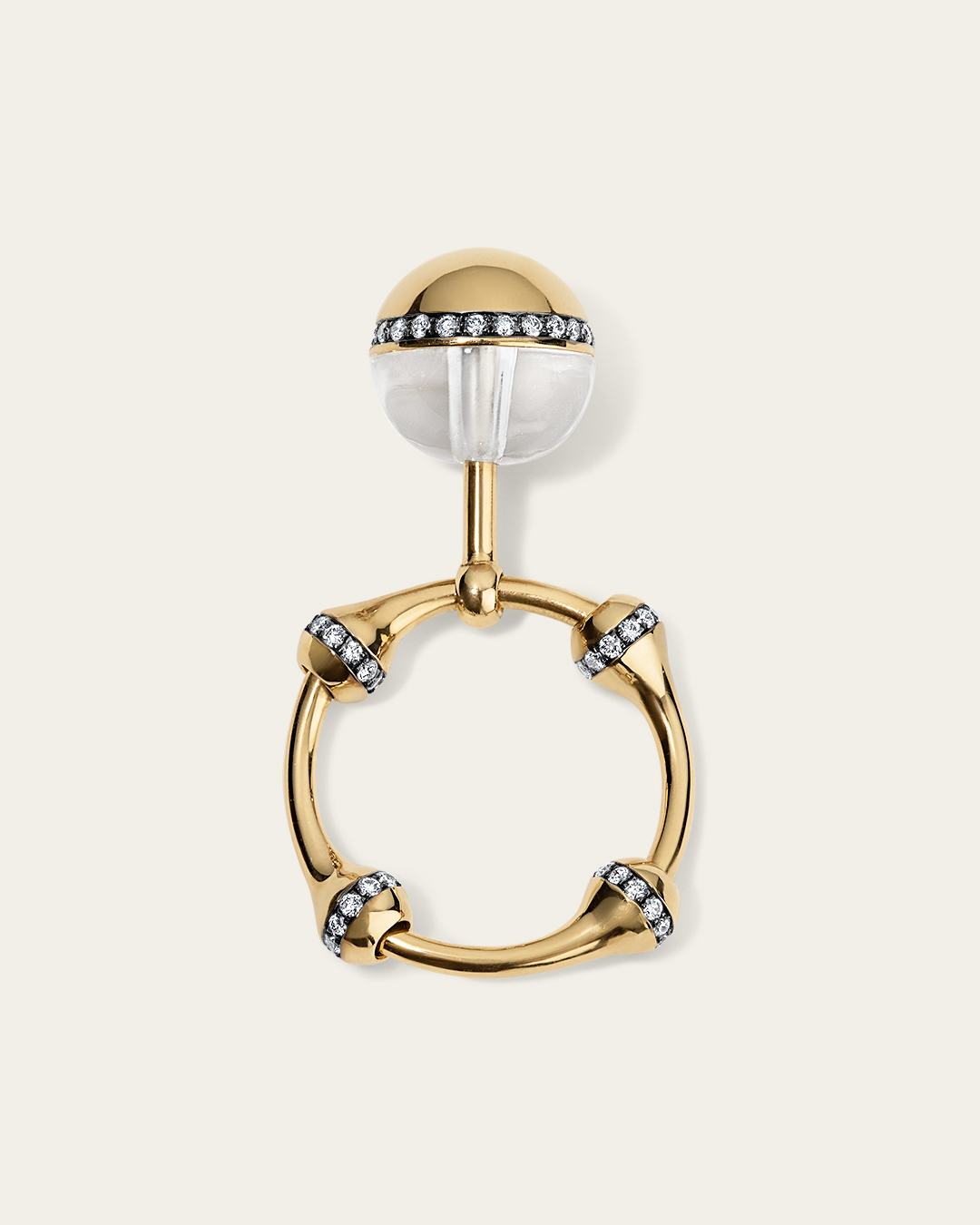

It’s for someone who is building a collection, and this is one of the pieces you want to include because it expresses something about you.
OND: What does luxury mean to you?
Eisman: These days, I think luxury isn’t about excess, it’s about intention. You chose this piece, you curated it, because it wasn’t the easy choice.
OND: Or the obvious choice.
Eisman: Right, I think of luxury as a quiet confidence to be a little outside of the norm. It’s something made to last, not just physically but aesthetically. It transcends trends, and therefore, it’s going to look beautiful and hold value, not just now but decades from now. This is not just because of its appearance, but also because of the way it’s made and the value it holds.
OND: Right, which goes hand in hand with natural diamonds.
Eisman: Yeah. Bringing back a design-forward piece of jewelry rather than jumping on all the trends, which can be hard to keep up with. I feel like it’s too hard; there are too many in that boat. So, if I had any hope of being successful, there has to be a distinctive point of view and point of difference that’s less commercial but hopefully commercial enough to be sustainable and allow me to carry on doing what I really love.
